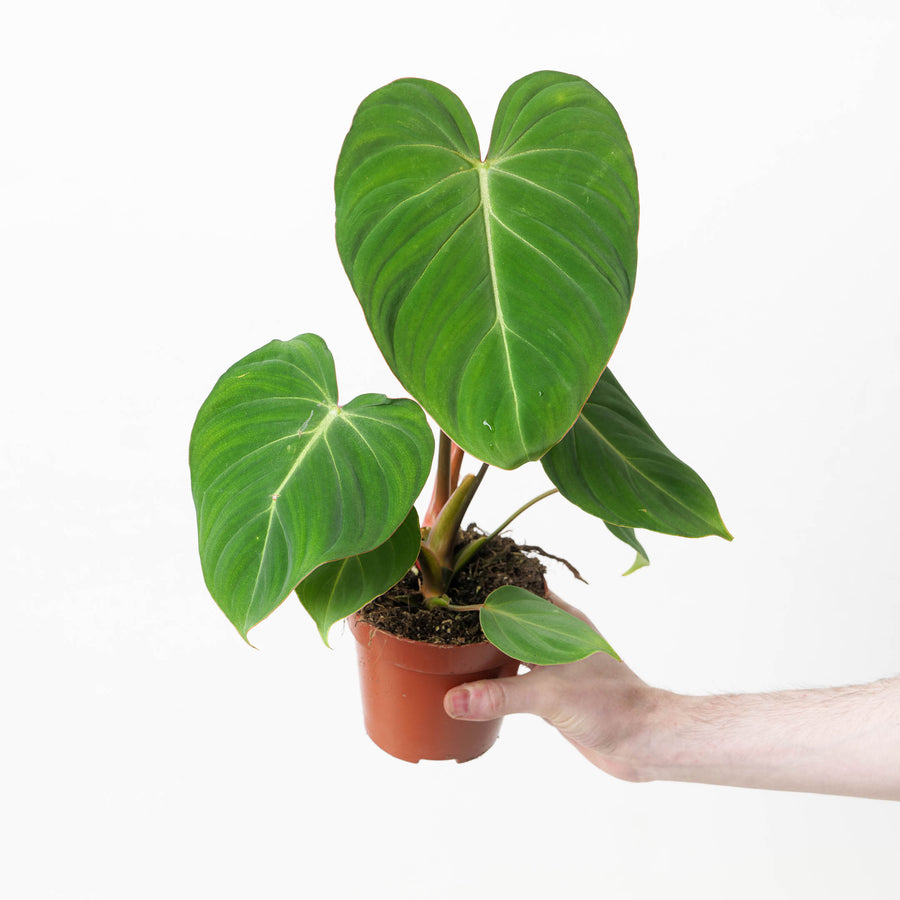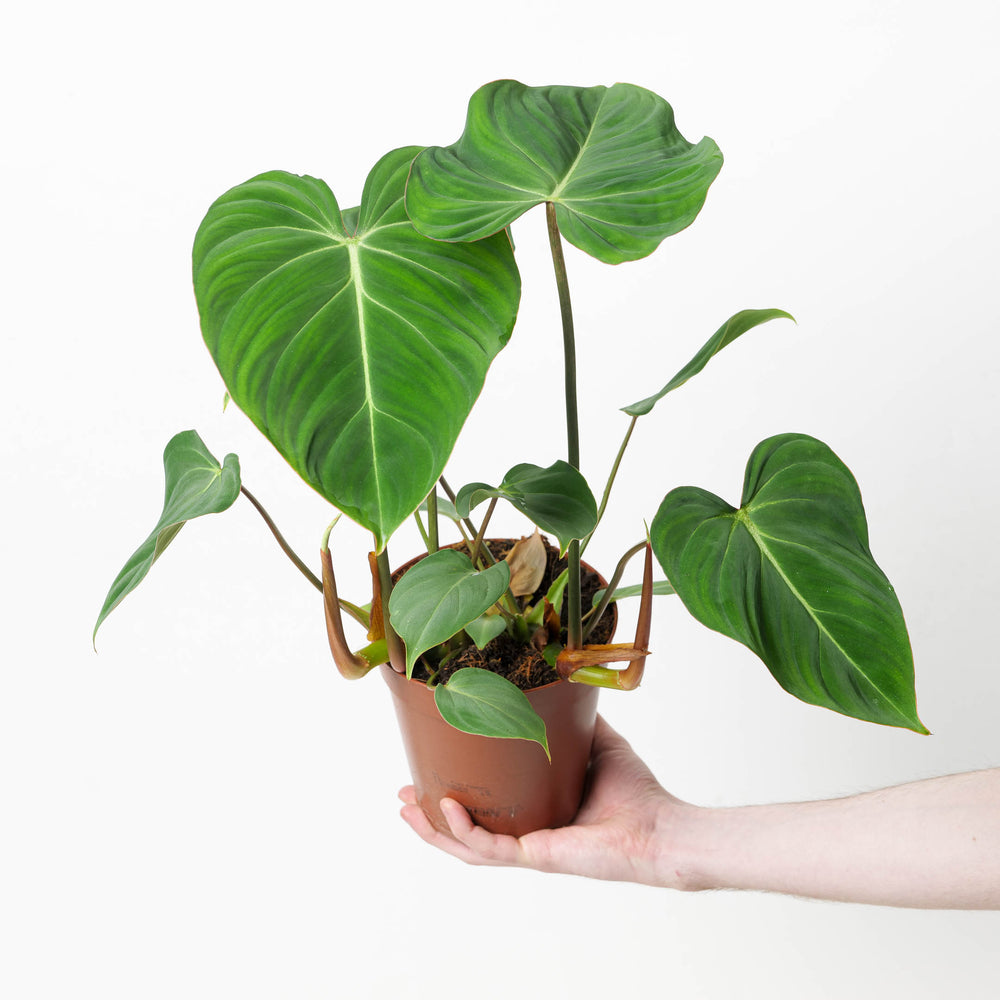Epiphyllum guatemalense var. monstrose, commonly known as the Orchid Cactus or Curly Locks, is a unique variety prized for its unusual, twisted foliage and striking blooms. Unlike the straight, flat stems typical of Epiphyllum species, this monstrose form has contorted, wavy, and often curled leaf-like stems that create a striking visual effect. During late spring to summer, it produces large, showy, fragrant white or cream flowers with a hint of pink, which open at night. Its cascading growth habit makes it an excellent choice for hanging baskets or elevated planters indoors.
This plant is a low-maintenance, humidity-loving cactus that prefers indirect light and moist conditions. It is ideal for indoor settings, particularly those with bright but filtered light, where its unique form can be appreciated.
Native to
Epiphyllum guatemalense is native to the tropical rainforests of Guatemala, where it grows as an epiphyte, attached to tree branches in shaded, humid environments. This habitat means the plant is adapted to indirect light, consistent moisture, and good airflow, making it well-suited to indoor conditions that mimic these parameters.
Water
Water Epiphyllum guatemalense var. monstrose regularly, keeping the soil consistently moist during its active growing season in spring and summer. Allow the top layer of soil to dry slightly between waterings, but avoid letting the entire soil mass dry out completely. In winter, reduce watering as the plant enters a resting period.
Light
This plant thrives in bright, indirect light. Too much direct sunlight can scorch its leaves, while insufficient light can slow growth and reduce flowering. A spot near an east-facing or filtered south-facing window is ideal, or it can also thrive under grow lights indoors.
Humidity
Epiphyllum guatemalense var. monstrose prefers moderate to high humidity levels, ideally between 50% and 70%. This plant benefits from a humidifier to replicate its tropical, rainforest habitat.
Temperature
This plant prefers warm indoor temperatures, ideally between 18°C and 26°C, and is sensitive to cold temperatures below 10°C. Avoid placing it near cold drafts or direct heating sources. Consistent warmth will support its growth and help it develop flowers during the blooming season.








